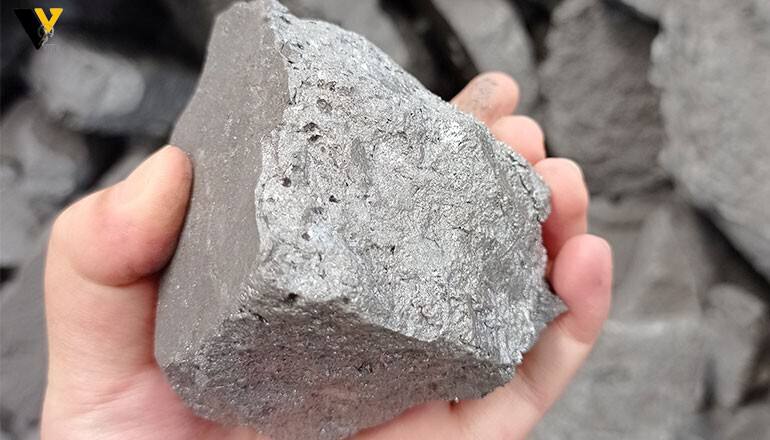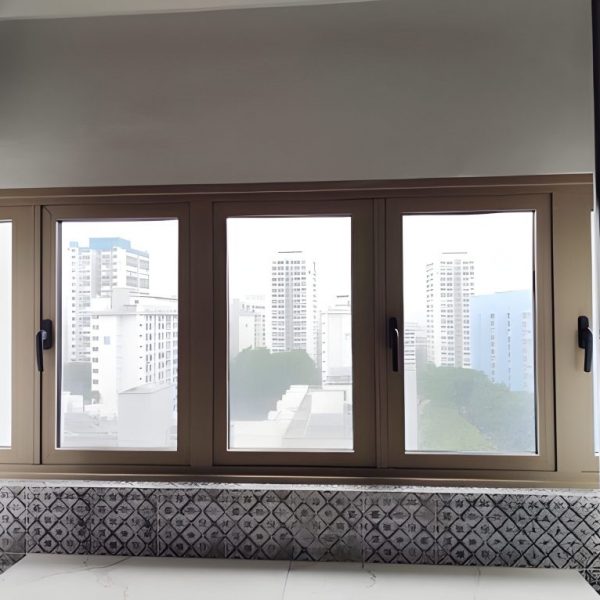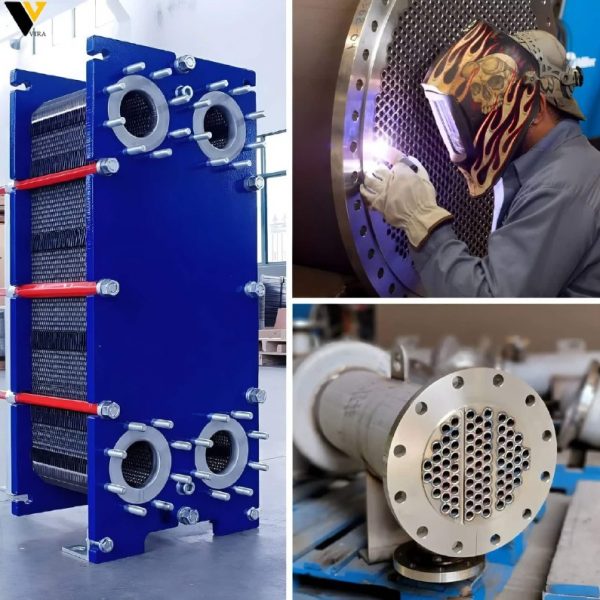Steel is the backbone of modern infrastructure, but its production comes at a heavy environmental cost. Traditional steelmaking is one of the largest industrial sources of CO₂ emissions, contributing roughly 7-9% of global greenhouse gases. As the world shifts toward sustainability, green steelmaking has emerged as a revolutionary approach to decarbonize the industry. At the heart of this transformation? Ferrosilicon a versatile alloy that not only enhances steel quality but also slashes energy consumption.
But what makes ferrosilicon so crucial in sustainable steel production? How does its silicon content—whether 45%, 65%, 72%, or 75%—impact efficiency? And why are steelmakers increasingly relying on it to meet ESG goals? Let’s dive into the science, economics, and future of ferrosilicon in green steelmaking.
Understanding Ferrosilicon: The Unsung Hero of Steelmaking
Ferrosilicon (Ferro silicon) is an iron-silicon alloy with silicon content ranging from 15% to 90%, though the most common grades used in steelmaking are 45%, 65%, 72%, and 75%. Produced in electric arc furnaces by reducing silica with coke in the presence of iron scrap, this alloy is a powerhouse in metallurgy. Its applications span:
- Deoxidizing molten steel (removing oxygen to prevent defects)
- Alloying agent (enhancing strength, corrosion resistance, and heat tolerance)
- Inoculant in casting (promoting graphite formation in ductile iron).
Fun fact: Did you know ferrosilicon was first commercialized in the 1890s after the invention of the electric arc furnace? Today, it’s indispensable in modern steel mills.
How Ferrosilicon Drives Energy Efficiency in Steel Production
Steelmaking is energy-intensive, but ferrosilicon optimizes the process in three key ways:
Strong Deoxidizing Power = Less Waste, Lower Energy Use
When oxygen reacts with carbon in steel, it forms CO₂—a major emissions culprit. Ferrosilicon’s high silicon affinity for oxygen allows it to strip oxygen from molten steel, forming harmless silica (SiO₂) slag instead. This reduces the need for repeated refining, cutting furnace energy use by up to 15%.
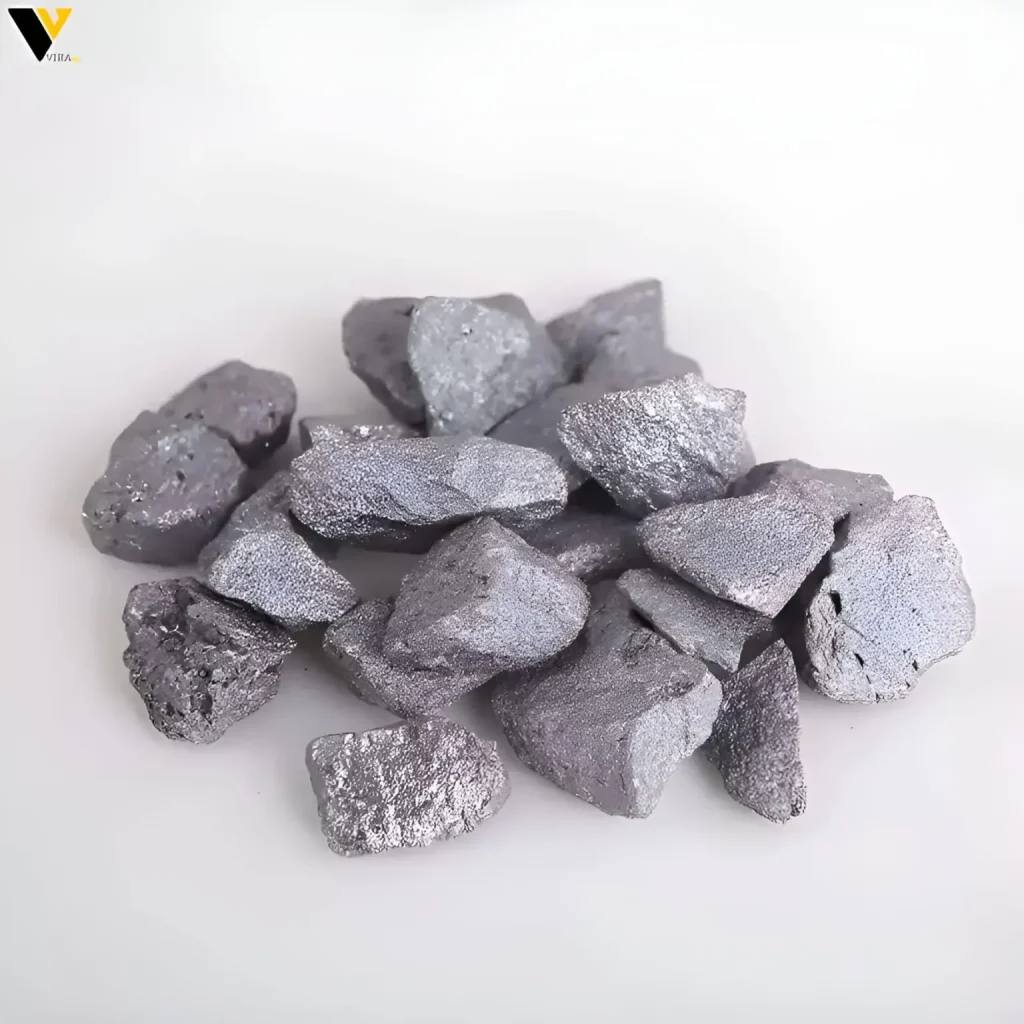
Stabilizing Furnace Temperatures
Ever tried boiling water with a lid on? It’s faster. Similarly, ferrosilicon’s exothermic reaction releases heat, maintaining consistent furnace temperatures. This minimizes energy spikes and reduces reliance on external heating sources.
Enabling Electric Arc Furnaces (EAFs)
EAFs, which recycle scrap steel, use 50% less energy than blast furnaces. Ferrosilicon is critical here—it deoxidizes scrap-derived steel and adjusts silicon levels to meet grade specifications. No wonder 87% of global ferrosilicon (25+ million tons annually) feeds steelmaking.
Ferrosilicon Grades: Why Silicon Content Matters
Not all ferrosilicon is created equal. The silicon percentage dictates its role:
- FeSi 45%: Budget-friendly for basic deoxidation in low-carbon steels.
- FeSi 65-72%: The „Goldilocks zone“ for most steelmaking—balances cost and efficiency.
- FeSi 75%: Premium choice for high-performance alloys like electrical steels (think transformers and EV motors).
Higher silicon grades (e.g., 75%) offer superior slag control and silicon recovery, reducing raw material waste. But they come at a ferrosilicon price fluctuates with silicon content and purity.
The Green Steel Revolution: Where Ferrosilicon Fits In
Green steel aims for near-zero emissions by replacing coal with hydrogen or renewables. Here’s how ferrosilicon supports this shift:
Hydrogen-Based Direct Reduction (H-DR)
In H-DR plants, hydrogen reduces iron ore instead of coke. Ferrosilicon fine-tunes the chemistry, ensuring the resulting steel meets mechanical standards without fossil fuels.
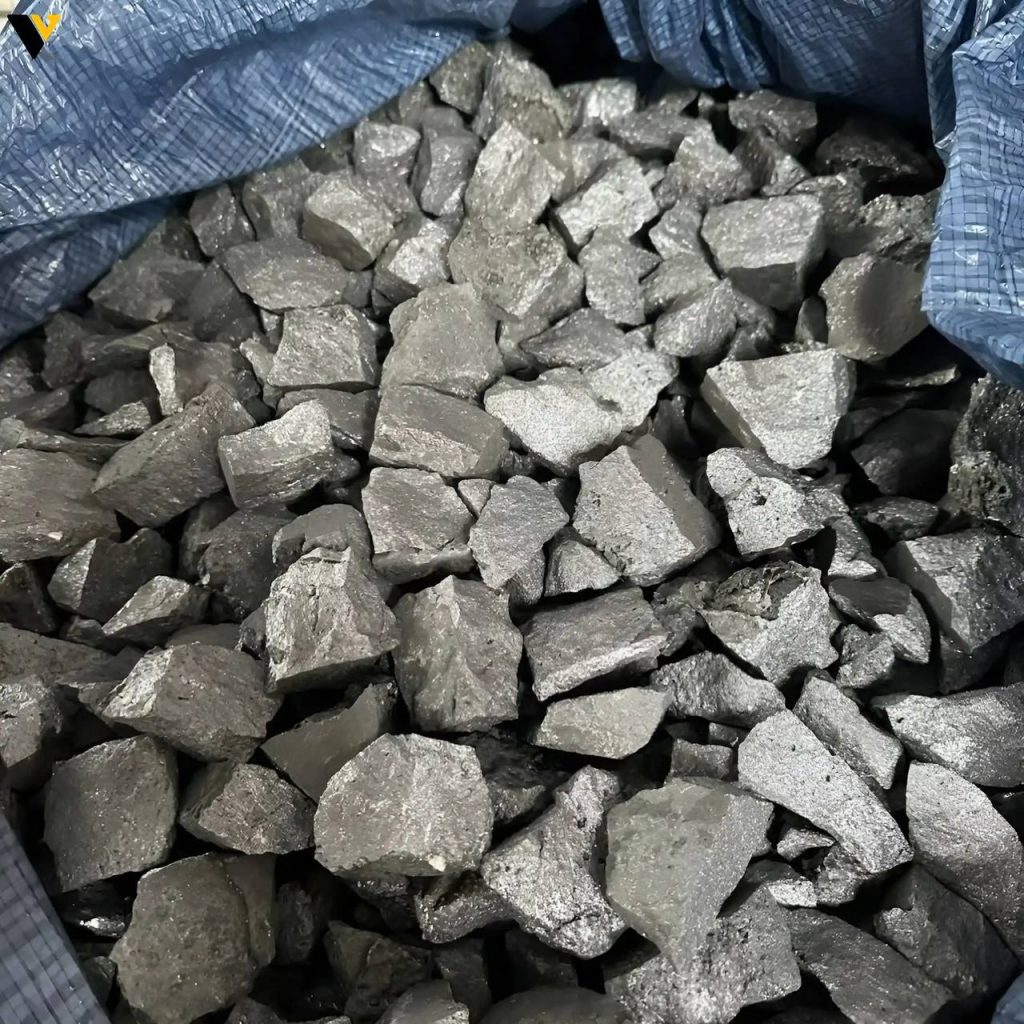
Recycling and Circular Economy
Scrap-based EAFs already cut emissions by 70%. Ferrosilicon’s role? Purifying recycled steel to virgin-grade quality, closing the loop sustainably.
Carbon Border Adjustments (CBAM)
With the EU’s CBAM taxing carbon-heavy imports, steelmakers using ferrosilicon gain a competitive edge. Its energy-saving properties align with Scope 3 emission cuts, dodging costly tariffs.
Challenges and Innovations
The Carbon Footprint of Ferrosilicon Production
Ironically, making ferrosilicon emits 1–10 tCO₂/ton due to coke-based reduction. Solutions? Some producers now use:
- Biomass reductants (Brazil leads here, cutting emissions by 60%).
- Hydrogen-powered furnaces (pilots in Scandinavia).
Supply Chain Pressures
Russia and China dominate supply, causing price volatility. Diversifying sources and investing in local production (e.g., U.S. and EU initiatives) is critical.
The Future: Ferrosilicon in a Net-Zero World
By 2030, the global ferrosilicon market could grow 3.5% annually, driven by green steel demand. Key trends:
- High-purity FeSi 75% for electrical steels in EVs and renewables.
- AI-driven dosing systems to optimize ferrosilicon use in real-time.
- Carbon-neutral production via green hydrogen and CCS.

